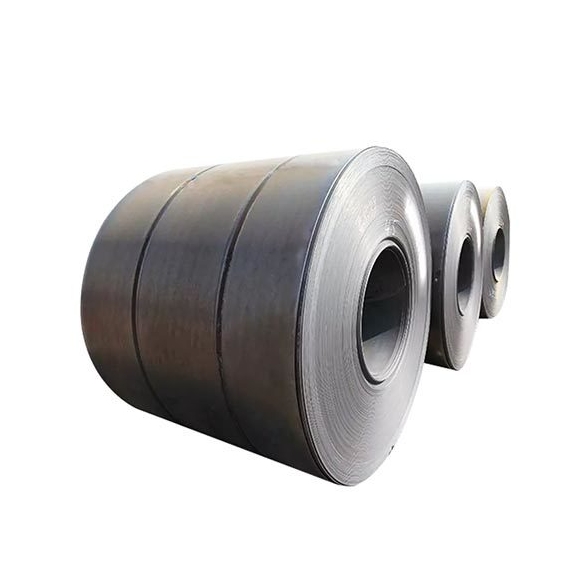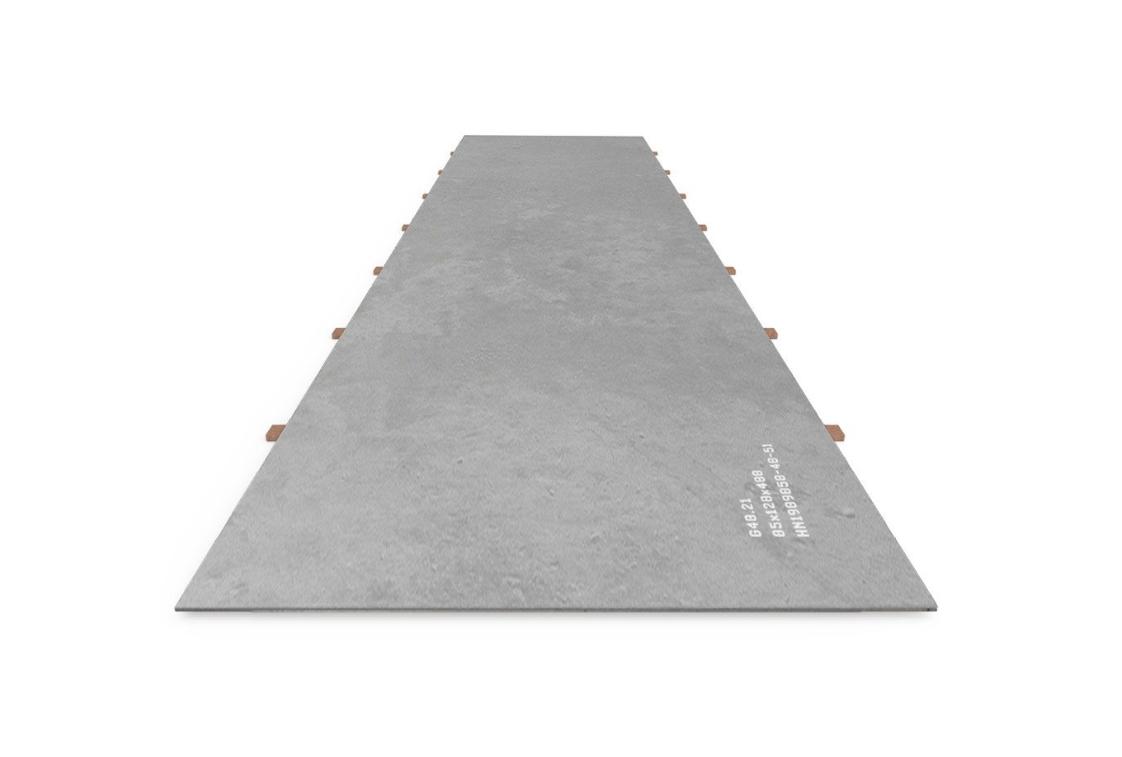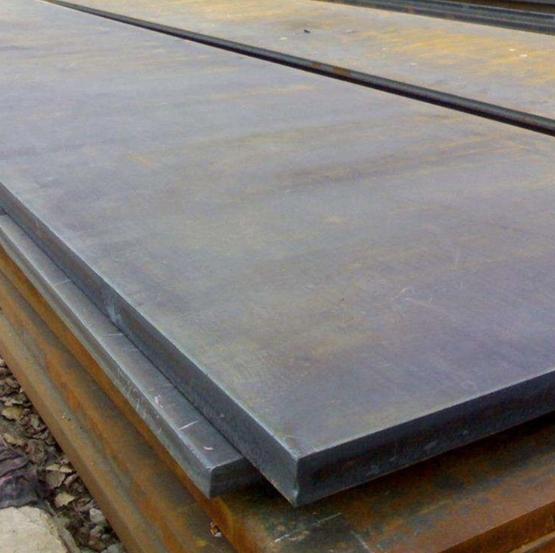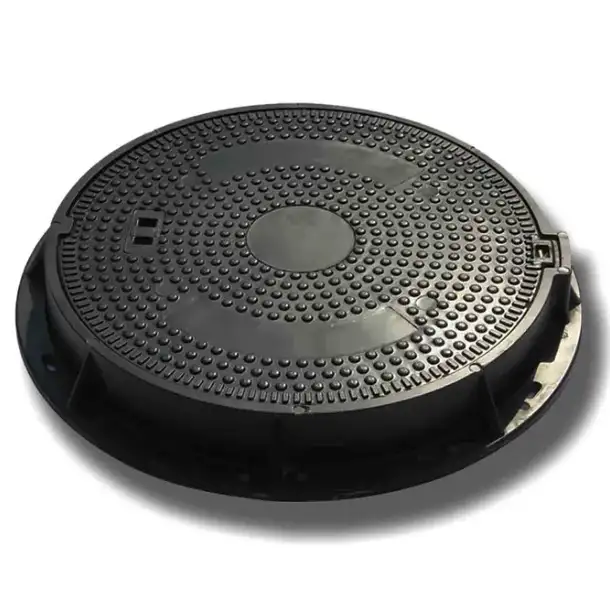AISI 4340 tubing remains a premium, heat-treatable nickel-chromium-molybdenum alloy used where high tensile strength, fracture toughness and fatigue life are essential; in 2025 we see wide price dispersion driven by product form (seamless vs. welded), melt route (vacuum vs. air), heat-treatment state, minimum order quantities and regional supply dynamics — typical bulk factory offers from China are roughly USD 520–1,650 per tonne, while small-quantity distributor/retail buys in the U.S. can cost orders of magnitude more per kilogram because of cutting, certification and low-volume margins.
What is AISI 4340?
We treat AISI 4340 as a medium-carbon, low-alloy steel alloyed with nickel, chromium and molybdenum. Its chemistry and processing give it exceptional strength, toughness and fatigue resistance relative to common carbon steels, making it a go-to for heavily stressed structural parts. The grade is often specified in aerospace and heavy machinery where failure is unacceptable.
Chemical composition & common standards
Typical guaranteed composition ranges (manufacturer MTRs specify exact limits) include roughly:
-
C: ~0.38–0.43%
-
Mn: ~0.60–0.80%
-
Ni: ~1.65–2.00%
-
Cr: ~0.70–0.90%
-
Mo: ~0.15–0.25%
Trace elements and limits for S, P are tightly controlled in higher-quality melts.
Standards and specifications commonly referenced for 4340 bar/tube and aerospace variants include SAE/AISI designations and AMS/ASTM product specifications (specialized AMS variants exist for high-integrity aerospace stocks). For demanding applications, vacuum-melt or vacuum-arc remelt (VAR) material with detailed MTRs is requested.
Mechanical properties and engineering advantages
In practice we see these broad mechanical capabilities (dependent on size and temper):
-
Tensile strength (quenched & tempered states): typically 700–1,100 MPa (100–160 ksi) depending on temper.
-
Yield strength and high toughness even in large cross sections when properly normalized and tempered.
-
Good fatigue strength and resistance to crack propagation compared with many steels of similar hardness.
These properties make 4340 suited to landing gear, crankshafts, heavy shafts and other high-demand components. Manufacturer data sheets and independent databases document these ranges and recommended heat-treat cycles.
Heat treatment, hardenability and typical tempers
4340’s value comes from quench-and-temper practice. Typical process notes we rely on:
-
Normalize/anneal prior to machining if parts are to be coldworked.
-
Austenitize (commonly ~800–860°C depending on section), oil or air quench (section dependent), then temper at temperatures from 200–650°C to achieve the target combination of strength and toughness.
-
For aerospace/critical parts, post-weld heat treatment or special temper cycles are mandatory. AMS/industry datasheets give exact cycles for different diameters and desired mechanicals.
Forms and manufacturing methods for tubing
Buyers ask us whether to choose seamless, ERW (electric resistance welded), or hollow-forged/rolled tubing. Key tradeoffs:
-
Seamless tubing: best fatigue performance and preferred in dynamic applications (landing gear pins, high-pressure hydraulic lines). Premium cost.
-
ERW / welded tubing: lower cost, acceptable where weld seam is processed and full-section properties are not critical. Good for structural tubing and hydraulic housings if post-weld treatment is applied.
-
Forged hollow bar / rotary-pierced tubing: used for heavy shafts and components requiring homogeneous properties through wall thickness.
Melt route (air melt vs vacuum melt) and secondary processing (cold drawing, machining, straightening, NDT) further influence price and lead time.
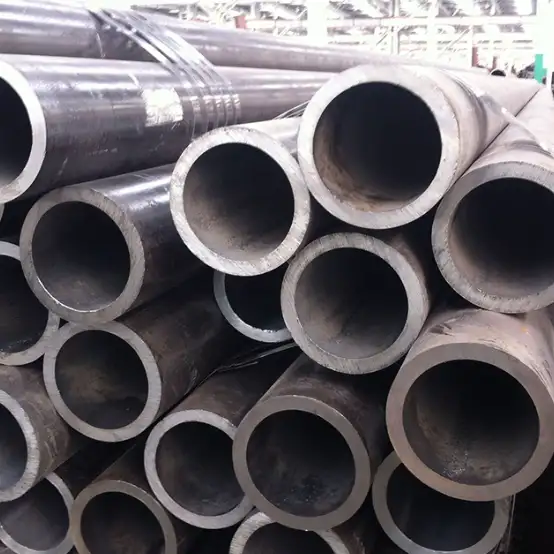
Typical applications
We specify 4340 tubing for:
-
Aircraft landing gear components and structural members.
-
Oil & gas: critical downhole tool components and drill collars (where toughness and fatigue life matter).
-
Automotive high-stress shafts and crank components in motorsport and performance engines.
-
Heavy industrial shafts and hydraulic cylinder rods requiring high tensile and impact resistance.
Quality controls, traceability, and what to require from suppliers
When we source 4340 tubing we always request:
-
Mill Test Report (MTR) showing chemical analysis and heat lot traceability.
-
Heat treatment records and tempering charts for full traceability.
-
NDT (UT, Eddy current or X-ray) for seamless tubing in safety-critical applications.
-
Hardness maps across sections where warranted.
-
If aerospace use, insist on AMS/AS9100 traceability and supplier approvals.
These checks materially affect cost. For instance, tubular product with full aerospace trace and VAR melt will cost materially more than commodity welded tubing.
Procurement checklist — how we buy to control cost and risk
When we negotiate for 4340 tubing we specify:
-
Exact product form (seamless vs welded vs hollow forged).
-
Required temper / tensile / hardness values and any post-weld heat treatment.
-
Dimensional tolerances, straightness, roundness and any non-destructive testing.
-
MOQ and pricing tiers (5 t, 20 t, 50 t). Larger MOQs reduce per-ton price.
-
Packaging and shipping terms (EXW, FOB, CIF). Tariffs and freight may move landed costs materially.
As a rule, buying longer lead times and higher MOQs directly reduces unit price; requesting additional certification raises unit price.
Global price comparison — 2025
Notes on this table: the values below are typical transactional bands we observed from distributor listings, China factory offers and U.S. retail catalogues during 2025. Prices vary widely by order size, product form, heat treatment and certificate level. Use the per-ton figures as ballpark benchmarking only; always request firm pro-forma quotes from suppliers for final budgeting. Sources shown after the table.
| Region / Purchase channel | Product example | Typical 2025 price (USD / tonne) | Notes |
|---|---|---|---|
| China — factory (bulk, seamless or forged hollow) | 4340 seamless tube, 1–10 t MOQ | USD 520 – 1,650 / t | Lower end: basic hot-rolled/welded; higher end: vacuum melted, pre-hardened, tight-tolerance product. |
| India — domestic suppliers (bulk) | Alloy tubing, factory lots | USD 600 – 1,400 / t (local INR equivalents) | Local alloy premiums and tariffs; wide variation. |
| USA — distributor / small-cut retail | Small cuts, certified bars/tubes (retail) | USD 20,000 – 80,000 / t (retail equivalents) | Retail catalogs (price per cut) imply very high per-ton equivalents due to low volumes and cutting/processing margins. Example: OnlineMetals small cuts pricing. |
| Europe — stockholder / processor | Stocked seamless and processed tubing | USD 1,200 – 4,000 / t | Higher logistics, energy and certification costs; aerospace-grade melts ask a premium. |
| Middle East / Turkey — regional mills & traders | Seamless/welded tubing | USD 900 – 2,200 / t | Market sensitive to oil & gas demand and regional trade flows. |
Interpretation (how to read these numbers):
-
The China factory band represents ex-works bulk offers seen on trade platforms and manufacturer pages; such offers often assume larger MOQs and minimal finishing.
-
The U.S. retail figures are not the cost of steel by weight but reflect small-order catalog pricing where buyers pay for cuts, certification, inventory-holding and U.S. distribution margins. Example listings for specific 4340 stock show substantial per-piece prices that translate into very high per-ton equivalents.
-
Aerospace/VAR and AMS-certified stock substantially increases price; these premium categories are not captured by commodity listings.
Price drivers & market dynamics
When we analyze 2025 influences, three families of drivers dominate:
-
Product form & specification — seamless + VAR + MTR = premium.
-
Raw material costs and alloy element premiums — nickel and molybdenum price movement matter for alloy steels.
-
Trade & logistics — shipping rates, tariffs and regional capacity shifts (e.g., Chinese export volumes, Indian market conditions) affect landed cost. Recent supplier platforms show divergent offers tied to both melt route and minimum order amounts.
Market intelligence providers and steel pricing services (MEPS, Fastmarkets, S&P Global) publish regional indices that help predict direction for buyers who need forecasting or hedging.
Storage, machining & finishing notes for tubing
We recommend:
-
Store in dry, covered conditions to avoid mill scale and corrosion.
-
For critical rotating parts, require straightness and concentricity tolerances; cold drawing and stress-relief improve dimensional performance.
-
Machinability: annealed 4340 machines readily; quenched/tempered conditions are tougher — plan tooling accordingly.
-
For any welded assemblies, apply recommended PWHT and verify hardness gradients to avoid brittle zones. Manufacturer datasheets and supplier heat-treat records are the reference.
Practical sourcing example — a sample specification we use
When we request a tender for 4340 tubing for dynamic shaft use, our short specification includes:
-
UNS/G43400, AISI 4340 chemical composition band.
-
Product: seamless cold-drawn tubing, OD X WT (specify mm/inch), normalized and quenched & tempered to X HRC / Y MPa tensile.
-
MTR: full heat lot traceable, showing chemical analysis, tensile, hardness.
-
NDT: full-length UT plus hardness check every X mm.
-
Packing: sea-worthy wooden crate or as requested.
-
Delivery: FOB port, lead time 8–12 weeks for VAR heat.
Including these items in RFQs reduces surprises and aligns supplier pricing.
FAQs
Q1 — What’s the cheapest way to buy 4340 tubing?
A: Bulk ordering (≥10–25 tonnes) of welded tubing or hot-rolled seamless from Chinese or regional mills without aerospace trace will give the lowest $/t. Expect higher prices for VAR, AMS trace or small-cut distributor orders.
Q2 — Is 4340 better than 4140 for tubing?
A: 4340 usually offers higher hardenability and toughness (because of higher Ni content) compared with 4140; for large cross-sections where through-hardening is needed, 4340 is often preferred. Confirm by required mechanicals in the spec.
Q3 — How much extra does aerospace/AMS certification add to price?
A: Premiums are significant — certified, vacuum-melt, and fully traceable material can cost multiple times basic commodity pricing due to stricter melt controls, documentary overhead and inspection regimes. Ask suppliers for itemized premium breakdown.
Q4 — How do I compare supplier prices fairly?
A: Compare like-for-like: same product form (seamless vs welded), same temper and heat-treatment, identical tests and MTRs, incoterm and MOQ. Request written pro-forma with line items for test/cert, processing and packaging.
Q5 — Can we substitute 4340 with a lower-cost alloy?
A: Only after mechanical analysis. Sometimes 4140 or heat-treated carbon steels are acceptable when section sizes are small and required toughness is lower. For safety-critical components, substitution must be validated by engineering and testing.




